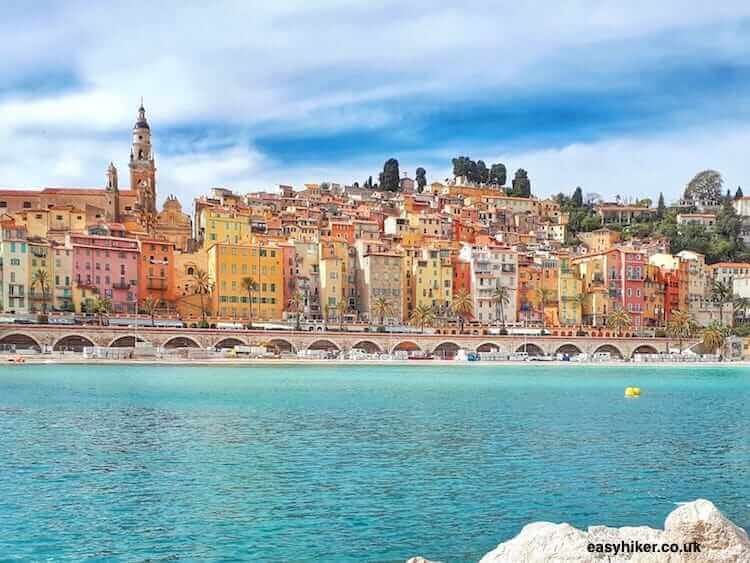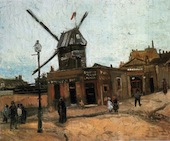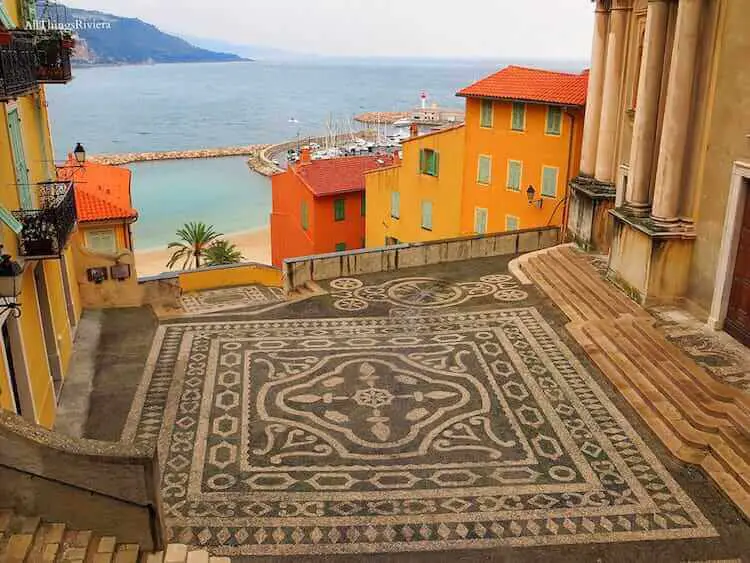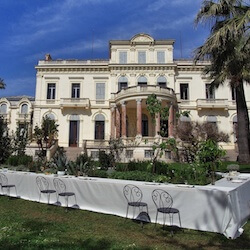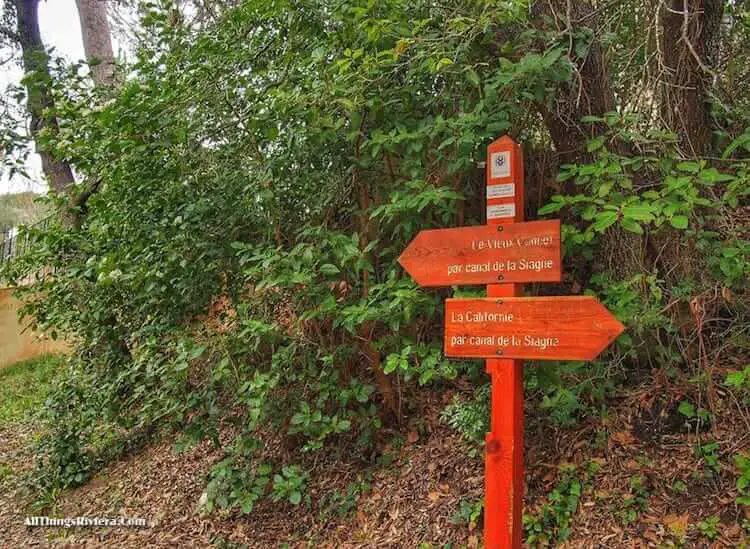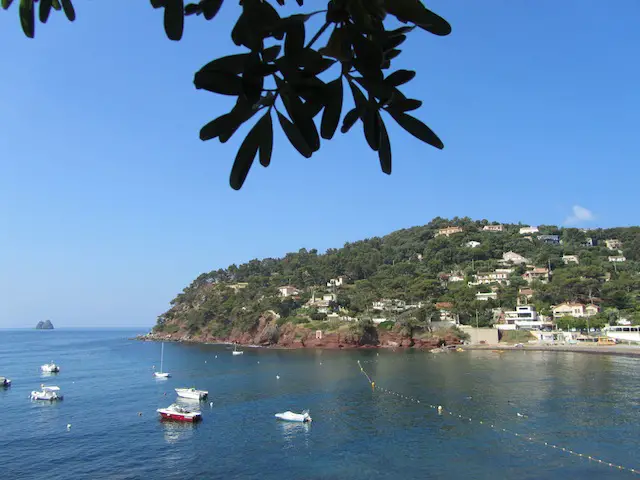Guest Post: Easy hiking in France
by Thomas Dowson
There is no better place to bring easy hiking, culture and stunning scenery together than along the Upper Normandy coastline in France. Here, in that part of Normandy north of the Seine River, you will find dramatic white chalky cliffs with pebble beaches and small fishing villages and experience for yourself why it was that Claude Monet was so attracted to the area.
One of my favourite outings – one I never tire of doing – is to get myself a picnic and then explore the various locations along the coast from the city of Dieppe to the fishing town of Etretat.
In the Footsteps of Monet

Taking the small and scenic coastal road, this is about a two hour drive in all, and would probably be a good two or three day easy hiking from one end to the other, overnighting at one of many charming seaside villages along the way. And it was this stretch of the Normandy coast that Monet painted many times from 1881 to 1886.
Monet on the Normandy Coast
Monet was first introduced to this particular area by his brother, who he joined on a three week family holiday in the fishing village of Les Petites Dalles in 1880 shortly after the death of his wife the previous year.
He fell in love with the dramatic coastline and the play of light on the sea, the beach and the white cliffs – just the characteristics required for the father of impressionism.
Over the following seven years Monet returned to this area many times, each time staying in a different village.
During this time he produced some of his most iconic images and the shear number of paintings he produced here, as a group, far outnumbers all his others. And it is from these paintings that people all around the world are already familiar with this part of Normandy, from the limestone arch at Etretat to the cliff-top church at Varengeville.

The Monet painting that was stolen in 2000 from the National Museum in Poznan, Poland, and recovered by the police early in 2010, is a canvass that depicts the beach at Pourville, a fishing village just to the south of Dieppe. Monet painted about 90 canvasses here – some during the winter of 1882 and then again in the summer when he returned with his family.
Easy hiking in the footsteps of Monet along the Normandy Coast
My exploration of this part of the Normandy coast begins at the city of Dieppe. To the south of the city, and high on the cliff-top that overlooks the city, is a medieval castle that now serves as a museum and art gallery. Walking south from Dieppe on the beach, with the dramatic cliffs to your left and the crashing waves of La Manche (or the English Channel) to your right, the next fishing village is Pourville.
This is still a small village, less of a functioning fishing village now and more of a town where people live and commute to Dieppe, or where Parisians have their country houses.
There is a wonderful oyster bar on the seafront and a few good restaurants.
It was here that Monet painted a number of cliff top paintings of various fisherman’s and coastguard’s cottages on the cliffs overlooking the sea.
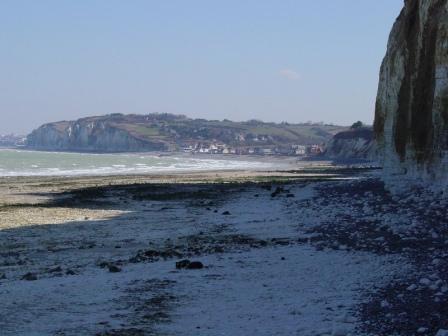
Continuing on, you pass by a number of small villages, such as Pointe d’Ailly – another that captured Monet’s attention. These are villages that front on to a wonderful beach, as in Les Petites Dalles.
Other towns, such as Varengeville, are built on top of the cliffs – and provided a different source of inspiration for Monet, such as his iconic and well-known ‘church of Varengeville’.
My end point along this coast is the very picturesque fishing village of Etretat.
Monet spent a few months here during the winter of 1883/1884 and again in the winter of 1885/1886.
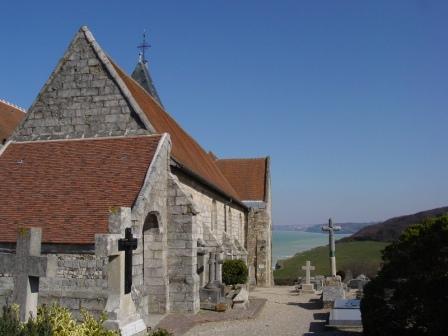
By this time the village was becoming a popular tourist location – a reputation that rested on its dramatic seascape. Looking out to sea with the village behind you, the bay is framed by wonderful geological features.
To the right is the Porte d’Amont (the upstream arch), and to the left is the Porte d’Aval (the downstream arch) and the towering 225 foot Aiguille (needle).
Besides painting these wonderful features of the landscape, Monet also painted a number of canvasses that depict the fishing activities of this village – he would sit in his hotel room and paint the fleet of small boats as they went out.
Practicalities
Going beyond Etretat, further down the coast, you come to the city of Le Havre. It is easy to get to both cities by bus and train.

Dieppe to Etretat is a great way to spend two or three days of easy hiking, taking in a wonderful coastline and some truly charming fishing and seaside villages along the way.
Not surprisingly there are numerous B&Bs and restaurants for you to overnight in.
But if it is just a day’s easy hiking you are after – drive to any of the towns I have mentioned and hike along the beach or the clifftop, from one village to the other. Start at Dieppe, for example, and walk to Pourville, sample the oysters and head on to Varengeville before turning round and heading back to Dieppe.
Thomas Dowson gave up his academic life as an archaeologist/art historian to run a B&B and holiday cottage at Basse Copette, a small village in Upper Normandy. He publishes Monet, Giverny & Normandy, a guide to everything you want to know about the Impressionist artists in Normandy. He also offers Guided Tours of Monet’s Normandy.

